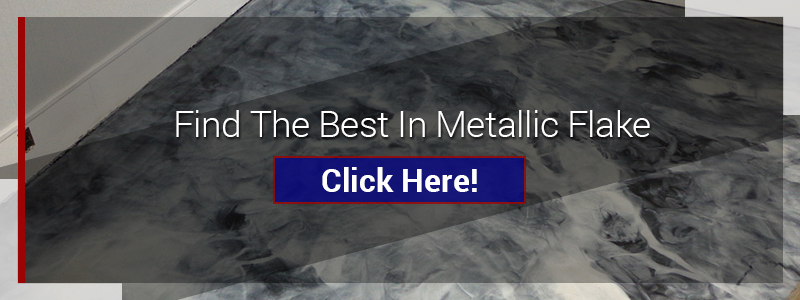History of the Garage (Before There Were Epoxy Floor Coatings)
Posted by Floorguard Products, Inc. on Dec 29th 2017
Here at Floorguard Products, you won’t be surprised to discover that many of the concrete floor sealers we provide end up on garage floors, whether it’s a garage in a single family home or one that’s part of a museum.
The garage has become such an important part of the home that you’d be surprised if a home was built today without a garage, or with one that was detached. And with some many of our products ending up in homes, we thought it might be fun to take a quick look at the history of the garage and what kind of floors you might find in them.
The First Garage Vehicles Ate Hay
One of the first buildings that could be considered the garage was actually the barn, where the “engine” of wagon (the horse) would be housed. The wagon itself would often be stored just beside the barn, perhaps under a lean-to that would protect it from at least some of the elements.
The first garage floors? Dirt and hay, and, if it were a particularly fancy barn, there might have been some wooden planks underneath. Certainly nothing that you’d want to apply an epoxy resin floor paint to!
The Carriage Port
Some houses has a carriage port alongside the house to receive guests or supplies, essentially a portico that would protect them from some of the elements. This would usually be found on larger homes and would part of the first driveways. The space under the portico could bed dirt, brick, or cobblestone, though most of them on refurbished houses today will have been replaced by concrete.
The Intentional Garage
One of the first garages to be built specifically to hold a vehicle (and not a horse or carriage) was built by Carl Benz — of Mercedes-Benz fame — in Germany around 1910. He was building and working on cars often, so he had a garage built on his property to house them. It’s likely that it was built with a concrete floor, but we can’t be sure.
The Carport
Frank Lloyd Wright was the first architect to embrace the idea of the carport instead of a garage. A carport is simply a covering for the car but provides it no shelter other than from above. Wright said "A car is not a horse, and it doesn't need a barn...Cars are built well enough now so that they do not require elaborate shelter." To say something like that today would make sense, but he was saying that back in the first half of the 20th century when he was definitely wrong! Cars of the time most certainly needed protection, but his vision wouldn’t allow garage doors, apparently.
The ground beneath the carport would usually be an extension of the driveway, which most likely would have been concrete, perhaps with exposed aggregate. These certainly wouldn’t have been a good candidate for epoxy garage floor sealants, considering how everything is being exposed to the weather and sunlight.
The Attached Garage
Garages that were part of the house started showing up around 1950 so that people could close the garage door during a snowstorm before they even got out of the car. People could also head out the garage anytime they wanted, where they might have balked at the idea during a storm. Garages got fancier, people started to think of garages as an extension of the house, and that’s the time that garage floor sealants really started to become popular.
Today, dirt floors don’t exist, carports are made of canvas, and every garage has a big electric garage door opener to do the work for you. But the concrete floor is here to stay, so why not make it better with garage floor epoxy paint? Find what you’re looking for right here.


